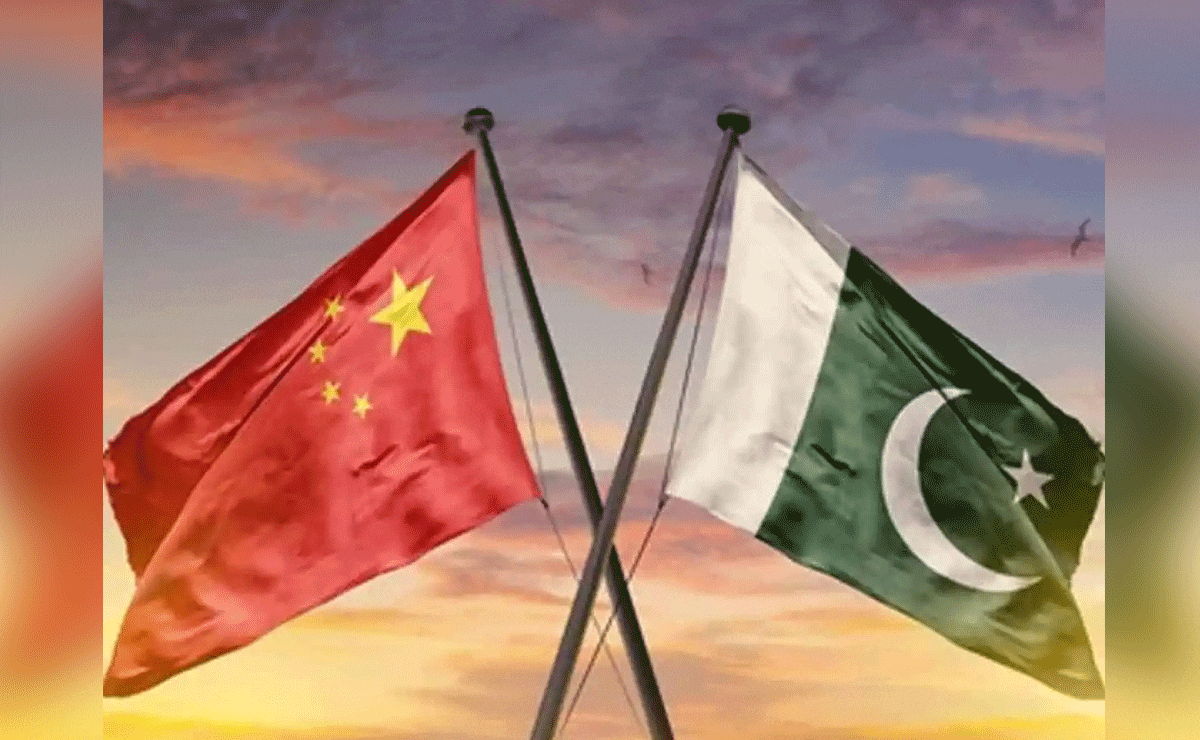Pakistan and China Plan New South Asia Bloc as SAARC Moves Stall
Pakistan and China are reportedly in advanced discussions to launch a new regional organisation focused on South Asia, aiming to revive cooperation and connectivity in the region.

Pakistan and China are reportedly in advanced discussions to launch a new regional organisation focused on South Asia, aiming to revive cooperation and connectivity in the region. The initiative comes amid growing dissatisfaction with the stalemate of the SAARC framework.
Table of Contents
SAARC in Limbo Since 2014, Needs Fresh Momentum
The South Asian Association for Regional Cooperation (SAARC), comprising eight member nations—including India, Pakistan, Bangladesh, and Sri Lanka—has been inactive since its last summit in Kathmandu in 2014. Its 2016 Islamabad summit was cancelled after India withdrew following the Uri terrorist attack, leading others to follow suit. As a result, SAARC has remained largely defunct since then.
Also Read: Israeli Soldier Killed in Northern Gaza
Islamabad and Beijing Eye Alternative Regional Platform
According to PTI, citing Express Tribune, Pakistan and China are working together to set up a new organisation to promote regional integration and connectivity. Key objectives include improving trade, infrastructure collaboration, and diplomatic dialogue.
Bangladesh’s Role Clarified After Kunming Talks
During a recent trilateral meeting between Pakistan, China, and Bangladesh in Kunming, Bangladesh’s interim government stated it was not a political alliance, but discussions reinforced the idea that a wider multilateral framework is intended, likely open to all SAARC members.
India Likely to Be Included, Along with Other South Asian Nations
The proposed new bloc is expected to include India, Sri Lanka, the Maldives, and Afghanistan, aiming to fill the void left by SAARC’s stagnation. If successful, this could reshape the South Asian geopolitical and economic landscape.
Implications for Regional Trade and Diplomacy
A fresh regional platform—backed by China and Pakistan—could drive renewed efforts in cross-border infrastructure, trade facilitation, and diplomatic cooperation. It may also provide an alternative for countries dissatisfied with SAARC’s political gridlock, leading to a realignment of regional collaborations and connectivity projects.
